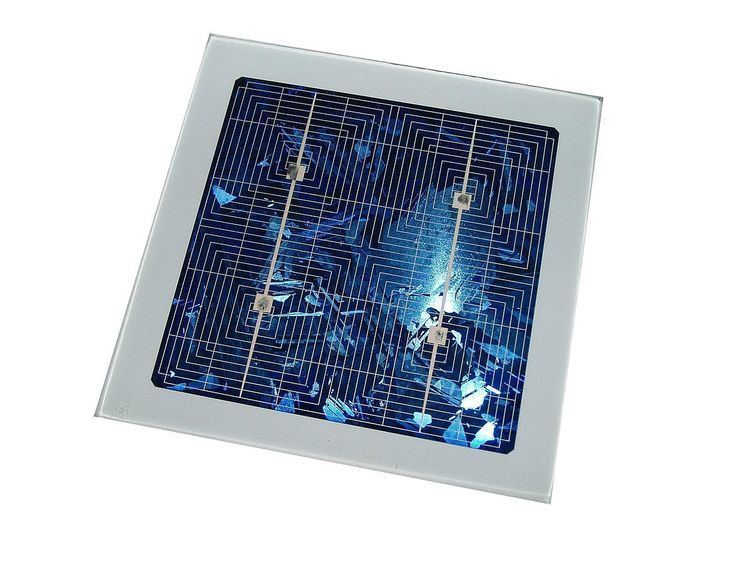First flight December 19, 1978 | ||
 | ||
Manufacturer Solar-Powered Aircraft Developments | ||
The Solar-Powered Aircraft Developments Solar One is a British mid-wing, experimental, manned solar-powered aircraft that was designed by David Williams and produced by Solar-Powered Aircraft Developments under the direction of Freddie To and first flown on 19 December 1978. It was one of the earliest solar-powered aircraft to fly, after the unmanned AstroFlight Sunrise and the manned Mauro Solar Riser.
Contents
Design and development
Freddie To was a member of the Kremer prize committee who started a project to produce a human-powered aircraft to compete for the prize. Its structure comprised a wooden frame covered with heat-shrunk Solarfilm model aircraft film. The wing was built in three sections, a centre section and two outer wing panels to simply storage and transport. The wing spar is a laminated spruce girder box-spar design. The tail surfaces are quickly removable for storage.
The resulting aircraft, at 230 lb (104 kg), proved too heavy for human-powered flight and so was converted to solar power.
A nose-mounted pod powerplant was installed consisting of four 1 hp (1 kW) permanent magnet 36 volt DC, 12 amp Bosch electric motors, powered by a 65 lb (29 kg) Nickel-cadmium battery pack of 24 cells with a 25 amp hour capacity, connected in series. The motors drive a 63 in (160 cm) wooden two-bladed propeller via a 3:1 bicycle-chain reduction gear. The propeller turns at a maximum of 1,100 rpm, decreasing with battery discharge. Power is controlled with a simple on/off switch.
To recharge the batteries, 750 solar cells of 3 inch diameter are installed at a cost of £6,000. At that time solar cells were very expensive. They were the most costly part of the aircraft and had to be limited in capacity to remain within the project budget of £16,000.
The output from the solar cells is not sufficient to sustain flight. Before flight they are used to charge the batteries. The batteries then provide power for takeoff and initial climb. The installed batteries provide for a climb of eight minutes plus a two-minute cruise allowance.
Operational history
The first flight attempt took place at Lasham Airfield, Hampshire, United Kingdom on 19 December 1978. The propeller pitch was incorrectly set and the attempt achieved only a short hop. At the hands of pilot Ken Stewart, a successful flight took place on 13 June 1979, covering just under 0.75 mi (1.2 km). The aircraft lifted off at 18 to 20 kn (33 to 37 km/h) and reached 35 kn (65 km/h) and 80 ft (24 m) in height. A second flight on the same day by Bill Maidment achieved a speed of 42 kn (78 km/h). All flights were made on battery power that had been supplied on the ground from the installed solar cells.
A planned flight across the English Channel was abandoned when it was found that the aircraft did not meet its endurance targets.
Specifications (Solar One)
Data from History of Solar Flight and Flight Global
General characteristics
Performance
